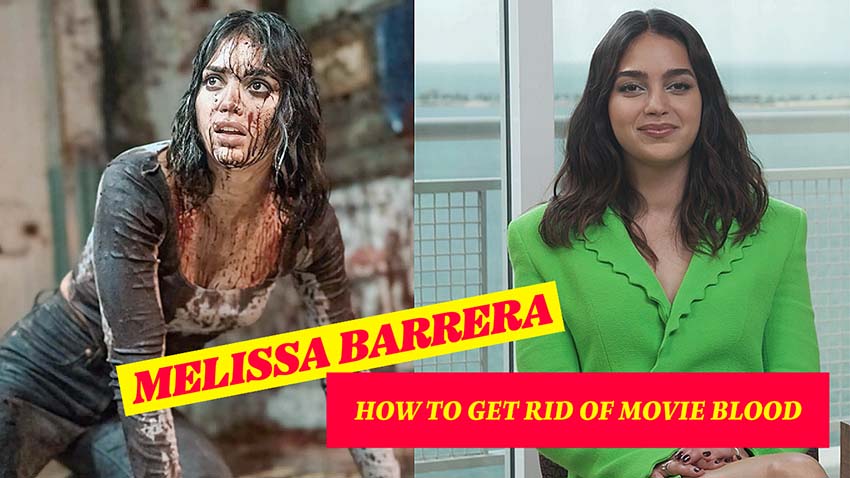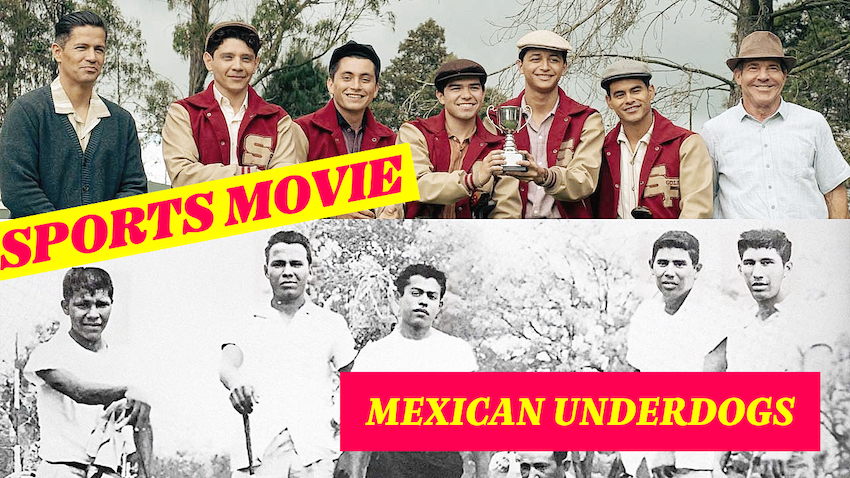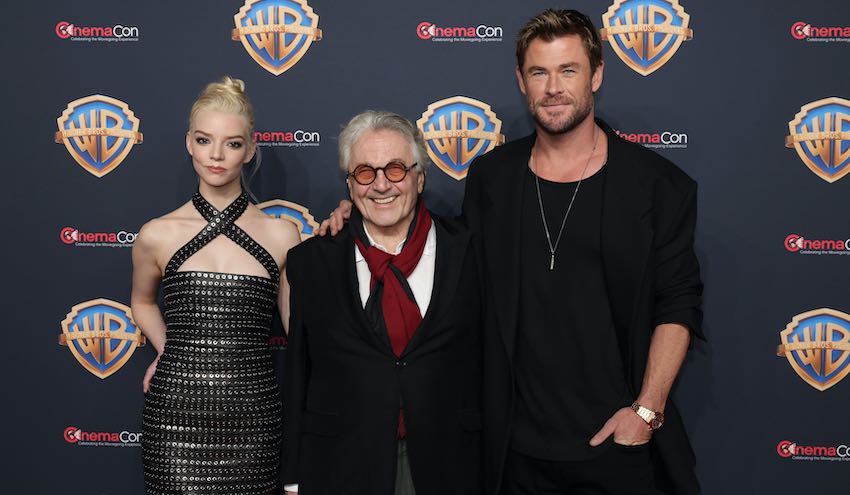INTERVIEW: Rodrigo Cortés on Shooting BURIED with One Location and One Actor - About The Production
- Details
- Last Updated: Tuesday, 12 November 2013 05:54
- Written by Lupe Haas
Article Index
ABOUT THE PRODUCTION
Imagine waking up in the dark. The air is hot and dry. You can’t see, and it’s hard to breathe. You try to sit up and your head hits rough wood. To your left and right, on all sides, are wooden walls. You push against the boards, you scream, but no one can hear you...
So begins Lionsgate’s unprecedented film experience, BURIED, a 94-minute, real-time odyssey of one man’s struggle to reach the light of day. A feat of cinematic story-telling, BURIED traces the moment-to-moment terror experienced by Paul Conroy, a contract truck driver in Iraq who has been kidnapped by insurgents and buried alive for ransom, his only lifeline a cell phone with poor reception and a dying battery.
“You can’t help but wonder, ‘If I were in that situation, how would I react? Would I be calm or would I be out of my mind hysterical?’” says actor Ryan Reynolds, who stars as Paul Conroy. “BURIED is a true thriller. If Alfred Hitchcock had been given this script fifty years ago, he would have made this movie.”
Adds director Rodrigo Cortés, “The size of a story is dependent on one thing and one thing only: the story itself, whether what it tells us is interesting, whether it captures the spectator’s attention and holds it throughout, and whether it makes us want to know what’s going to happen next. In that sense BURIED is a big movie.”
A suspense film in the truest sense of the word, BURIED is a cinematic dare that maintains a gripping level of tension with only the bare minimum of narrative devices. It successfully incorporates elements of action filmmaking and emotional drama, while making unsettling points along the way about the Iraq war, corporate malfeasance and governmental ethics.
he script for BURIED, written by Chris Sparling, was making the rounds throughout Hollywood when it landed on the desk of producer Peter Safran (MEET THE SPARTANS, SCARY MOVIE). Safran optioned the script immediately. "I knew with certainty when I first read this screenplay,” says Safran, “that the challenging nature of it would be a magnet for a great actor and a great filmmaker."
Eager to cultivate the new school of talented filmmakers emerging from Spain, Safran sent the script to producer Adrián Guerra, who works with director Rodrigo Cortés.
“When I started reading BURIED, I couldn't stop until I finished it,” remembers Guerra. “It kept me at the edge of my seat. It was remarkable in every way.”
“It felt like the kind of movie that couldn’t be done,” says Cortés. “It’s nonsense, foolish to film inside a coffin. Are you kidding? But that’s exactly what attracted me. It was the chance of doing something that had never been done before.” Meanwhile, back in the U.S., a buzz on the property was building as the script showed up on Hollywood’s Black List, a yearly top ten compiled by Hollywood producers and agents naming the best as yet-unproduced screenplays.
Safran, Guerra and Cortés’ first hurdle was finding an actor who had the skill to embody Paul Conroy’s intense emotional experience and the natural charisma to hold a viewer’s attention for ninety consecutive minutes. From romantic comedies like THE PROPOSAL and DEFINITELY, MAYBE to edgier, action fare like X-MEN ORIGINS: WOLVERINE, SMOKIN’ ACES and BLADE TRINITY, Ryan Reynolds proved to be an ideal choice. Says screenwriter Chris Sparling, “He’s a movie star but he also has that quality of, ‘He’s just a guy.’ He’s just a guy like any other person. He makes you feel like, ‘I could be in that predicament. It’s possible.’”
Reynolds admired the script, but he was wary of committing to the project. “The problem was that I had no idea how you shoot something like this,” he admits. “It was such a technical challenge that had never been undertaken before.”
But after seeing Cortés’ first feature, THE CONTESTANT, Reynolds was intrigued and agreed to meet with the director. Prior to their meeting, Cortés sent Reynolds a 15-page document painstakingly detailing the way he planned to shoot the film. Remembers Reynolds, “He included so much that I couldn’t help but get swept away with his vision.” Forty minutes into their meeting, the pair was shaking hands and the project was underway.
While preparing for production, Cortés extrapolated all the lessons he could from the work of Alfred Hitchcock. “I thought a lot about the technical and narrative challenges he took on,” he says. “Films like LIFEBOAT, where you’re in a boat with nine people for the entire movie, or ROPE, which was just one single shot unfolding in real time.”
Objectively speaking, the elements at his disposal were minimal, but Cortés preferred to view this as his greatest advantage. “Only the essential remained,” he explains. “The first thing I tried to do was forget about limits. I wanted to shoot the coffin as if it were any other location. The thing was to keep moving constantly, never allowing the film to come to a standstill.”
Rather than resort to digital or optical tricks, Cortés embraced a 1970s-style filmmaking ethos. He says, “No green screens or high contrast nodes. Everything you see actually happens. The key thing was to bring the audience into the confused and tortured head of Paul Conroy, to make them feel the dense dampness of his sweat, the suffocating heat, the lack of oxygen, the rough, splintered wood.”
Cortés achieves this intimacy through changes in lighting and an evolving vocabulary of camera movements designed to accentuate Paul’s emotional experience. Explains producer Peter Safran, “One of Rodrigo’s approaches to envisioning the film was to make sure that if you chose a frame from minute 2 and another from minute 30 or 70, even if we were in the same location, the film wouldn’t look the same.”
“Rodrigo’s less of a director and more of an architect,” adds Reynolds. “It felt like he’d been with the script for more than ten years but he had just gotten it a few months before.”
To facilitate the maximum creative freedom possible, the filmmaking team built seven unique coffins, each one designed for different purposes. One coffin had removable walls so the camera could make a 360º dolly shot around Reynolds. Another had a specially reinforced design so Reynolds could push against it as hard as he could without faking it. “We also built a coffin that was five meters long so we could create special perspective effects with the lens and the position of the camera,” explains Cortés. “We had to invent a lot of things.”
“It sounds like on paper it would be easy,” says Reynolds. “You know, you’re moving a coffin. How hard is that? But there’s rarely a time in this film where we even repeat a shot. That’s a feat of engineering.”
Similarly, the few props that are featured in the film were designed or selected with the greatest care possible. “We thought very deeply about what each object said about the character,” says Cortés. “Just like we re-invented something as basic as an old wooden coffin board by board, so we did with the zippo lighter--selected among hundreds of models--, the watch, the flashlight, the ransom note. The devil is in the details.”
Production took place over 17 days on a soundstage in Barcelona, Spain. Cortés completed as many as thirty shots every day, with many of the takes running over six minutes. The long takes helped Reynolds establish an organic rhythm as an actor; but without many opportunities for cutaways, they also placed even more pressure on the actor to deliver a continually flawless performance. “The whole film rests on his shoulders,” avows Safran. “He had to be excellent in every second of the film, and he did it seemingly effortlessly.”
“Ryan Reynolds was amazing,” says Cortés. “The narrative is full of emotional twists and turns – anguish, panic, desperation, calm, resignation, violence – and Ryan searches for the truth in each and every shot.”
Reynolds also had to grapple with his de facto role as the lighting designer of the film. Since the only source of lighting is provided by what Paul uses in the coffin – a zippo lighter, a flashlight, a cell phone – it was up to Reynolds to carefully choreograph his physical movements for the benefit of the camera. “He had to deliver a great performance and position the lights exactly as indicated by the DP over the course of long takes,” says Guerra. “And he did it perfectly.”
As an actor, Reynolds is best known for romantic comedies in which he often plays quick-witted, suave men who are somewhat unfazed by the conflicts in which they find themselves. The part of Paul Conroy, therefore, is a radical departure, an intense, emotionally journey that doesn’t try to capitalize on Reynolds’ comedic charm. “I think that actors are typically best when they’re playing against whatever their own perceived notions of themselves are,” he explains. “In this movie, I’m playing counter to 90% of the things I usually rely on. It was fun to bring something out that I’ve never seen in myself before.”
Reynolds admits that the greatest challenge during production was spending so much time alone. There were no other actors to bond with on set; and he was surrounded by a predominantly Spanish crew, many of whom didn’t speak English well. “The solitude I felt was unnerving,” he says. “But it was also really helpful in the process of shooting. I was able to access Paul’s sense of isolation pretty easily.” The physical demands of spending hours in a confined space in a state of high tension also proved exhausting. “I came home after finishing the movie and I was ten pounds under weight and I was cut up all over the place,” he says. “But that’s also just part of the job.”
“Ryan’s sense of commitment went simply beyond the call of duty,” avows Cortés. “We sent him back to Los Angeles with his back bleeding and his fingers literally fried by the zippo lighter.”
Aside from the physical strain, the emotional intensity of the shoot tested both Reynolds and the crew equally. Says Guerra, “Sometimes the feelings were so intense on set that the crew could hardly stand the anguish. Just looking at the monitor was hard. The lights were there, and the camera, and the guys with the headphones. We all knew we were making a movie, but it still affected us. We had to take breaks and step outside and remember how to breathe again.”
Despite his exhaustive preparation, Cortés welcomed the serendipitous discoveries that the production threw his way. “I usually prepare my films so that everything is drawn out,” he says, “but with BURIED, I knew that it couldn’t be completely that way. I had to be very, very awake in every minute to take advantage of everything that the movie showed me.”
“The thing that I appreciate most about Rodrigo is that he’s like an ambassador of truth in every moment,” reports Reynolds. “All he wants is a truthful moment. It doesn’t have to be anything other than that.”
“Rodrigo is the most complete filmmaker I've worked with,” adds Guerra. “He has total control of all the filmmaking tools and he's involved in every single decision in the film.” This is particularly evident in BURIED’s editing and music. Cortés served as the editor of BURIED and worked closely with composer Víctor Reyes to create the score, and both elements work together seamlessly to create a number of indelible sequences.
Aided by Cortés’ meticulous attention to detail, BURIED jolts audiences out of their usual passivity. By reducing its narrative elements to the barest essentials, the film effectively shrinks the comfortable divide between audience and protagonist. Moment by moment, Paul Conroy’s experience becomes our own. “It’s a true roller-coaster ride,” says Guerra.
“It’s not a movie to be seen. It’s a movie to be experienced,” adds Cortés. “You can’t predict what it’s like without actually going through it. You just have to take a big breath and dive in.”




